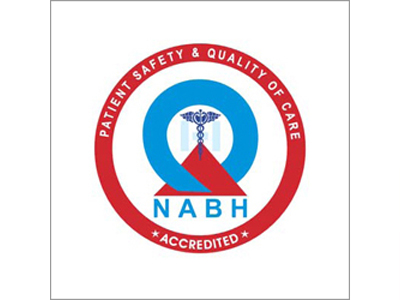Dr Mayank Rai
Glaucoma Consultant
Kode Venkatadri Chowdary Campus, Vijayawada
L V Prasad Eye Institute
Walt Streightiff has rightly said that “There are no seven wonders of the world in the eyes of a child, there are seven million”. So, it becomes very important to preserve these eyes not only for the vision these eyes behold but also for their contributions to the child as future productive adults of the society.
Glaucoma
Glaucoma is a disease that damages the optic nerve in the eye. It usually happens when fluid builds up and increases pressure inside the eye.
Childhood Glaucoma
‘Big eyes are beautiful’ is a misconception prevailing in many Indian families. But this can be a sign of Glaucoma in babies and can lead to irreversible vision loss. In this condition, the cornea of the eye becomes hazy and they develop large eyes, often referred to as “Buphthalmos (Ox-like eye)”. The major cause of blindness in children due to glaucoma is because of the delay in consulting an ophthalmologist owing to this misconception.
Every year we see approximately 300 children across network with childhood glaucoma, primary congential glaucoma constitutes 56 % of this population. By the time they reach us, the damage to their vision is already done. Vision once lost due to Glaucoma cannot be restored. Based on the stage at which they present, the treatment is given to prevent further damage and preserve the remaining vision. But if this condition is diagnosed early and treated in time, vision loss can be prevented. The only treatment for this condition is surgery, and under the expert care and guidance of the Pediatric Ophthalmologist and the Anaesthetist, newborns and very young children too can be safely operated.
Prevalence in India
Childhood glaucoma affects more than 3 lakh children worldwide, often associated with significant vision loss. In developing countries like India, the numbers are even higher. The prevalence of primary congenital glaucoma (PCG) is one in 3,300 live births in the southern Indian states (as was noted in a population-based study in the erstwhile combined Andhra Pradesh and Telangana) and Primary congenital glaucoma (PCG) accounts for 4.2% of all childhood blindness in Indian population.
How can you identify it in children at an early stage?
If the child has any of the below symptoms by birth or develops them over a period of time, then an ophthalmologist should be immediately consulted:
- Large or big eyes
- Bluish or whitish discolouration in the eye (cornea)
- Excessive watering from the eye
- Hypersensitivity or intolerance to light (squeezing of eyelids in an attempt to avoid light and pain)
Treatment options
The diagnosis of primary congenital glaucoma is done by examination under anaesthesia, which involves measuring intraocular pressure, size, clarity and changes in cornea and the optic nerve (if clarity permits) and many other important ocular parameters under sedation.
- The only treatment of this condition is surgery and the prognosis is only good if it is picked up in the early course of disease
- When performed in the appropriate time, the condition can be reversed to a great extent
- Eye drops are used only temporarily prior to surgery or when needed after surgery
- Safe surgery under general anaesthesia is possible even in very small babies under the expert care and guidance of the anaesthetist and the paediatrician
So be vigilant, don’t underestimate any warning signs, and seek timely medical consultation to ensure our children enjoy healthy vision.


